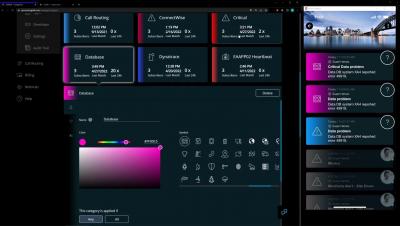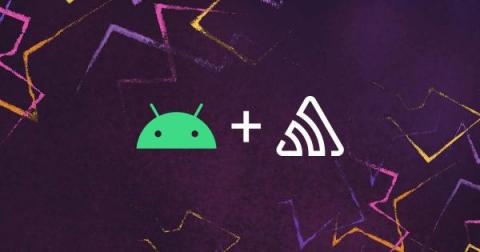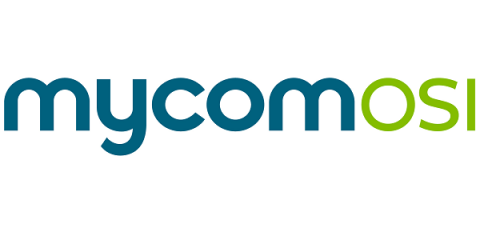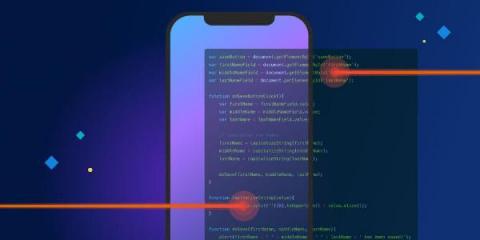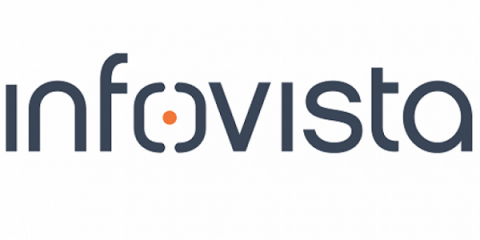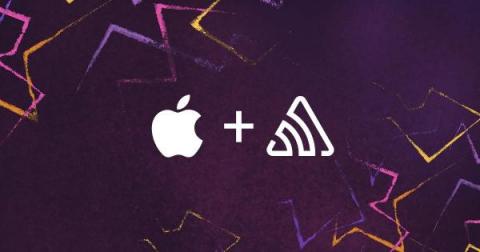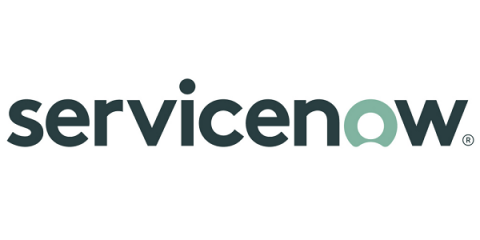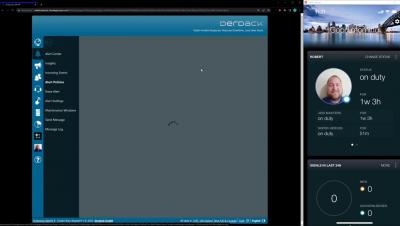Operations | Monitoring | ITSM | DevOps | Cloud
April 2022
4 Mobile Vitals to Keep a Pulse on Your Flutter Applications
Flutter is one of the fastest-growing open source cross-platform development frameworks. The likes of BMW, Google Pay, Tencent, and iRobot all use Flutter to quickly build and maintain mobile applications. In fact, Flutter was used by 42% of software developers in 2021, surpassing React Native as the most popular cross-platform mobile framework.
Best practices for monitoring mobile app performance
In a crowded and competitive market, mobile app developers must offer continuous availability and a frictionless user experience to minimize churn. Monitoring and maintaining mobile apps presents unique challenges. Since mobile apps run on a wide range of devices, it can be difficult to get clear visibility into client-side performance.
Time Based Profiles in Signl4
Sentry's Android Gradle Plugin Updated with Room Support and More
Monitoring performance is a critical part of software development. We just released version 3.0.0 of our Sentry Android Gradle plugin, which brings a handful of auto-instrumentation capabilities to Android developers, featuring Room and SQLite queries performance, File I/O operations performance, and more.
MYCOM OSI supports Amazon Elastic Kubernetes Service (Amazon EKS) for its suite of Service Assurance applications
How to Surface Relevant Performance Data
Your applications most likely consist of multiple components. These components could be written in different languages, with each individually instrumented with Sentry’s SDK. The goal of our tracing solution is to make sure developers get a full picture of the data captured within their tech stack. Tracing allows you to follow a request from the frontend all the way to your backend application and back.
Debug JavaScript in Mobile Safari (iOS) in 8 easy steps
Infovista launches Precision Drive Testing to automate 5G testing
Improve Performance in Your iOS Applications - Part 1
Since inception back in 2007, Apple and the iOS ecosystem has drastically improved with a plethora of changes and new features added (or removed) over time. At the same time, the size of the applications and the data has consistently grown. This has its own impact on the powerhouse in your hand - the iOS device. Developers strive to design the best experience, often compromising speed and performance.
3 trends driving mobile app adoption in the workplace
The widespread adoption of mobile apps is driving workforce productivity from almost anywhere across nearly every industry. Workers are relying on mobile technologies more than ever to get their work done every day—from short-staffed nurses who need to update information on the go to field service technicians who need to complete tasks and access critical information in real time to desk workers who need visibility into communications and company resources from anywhere.


